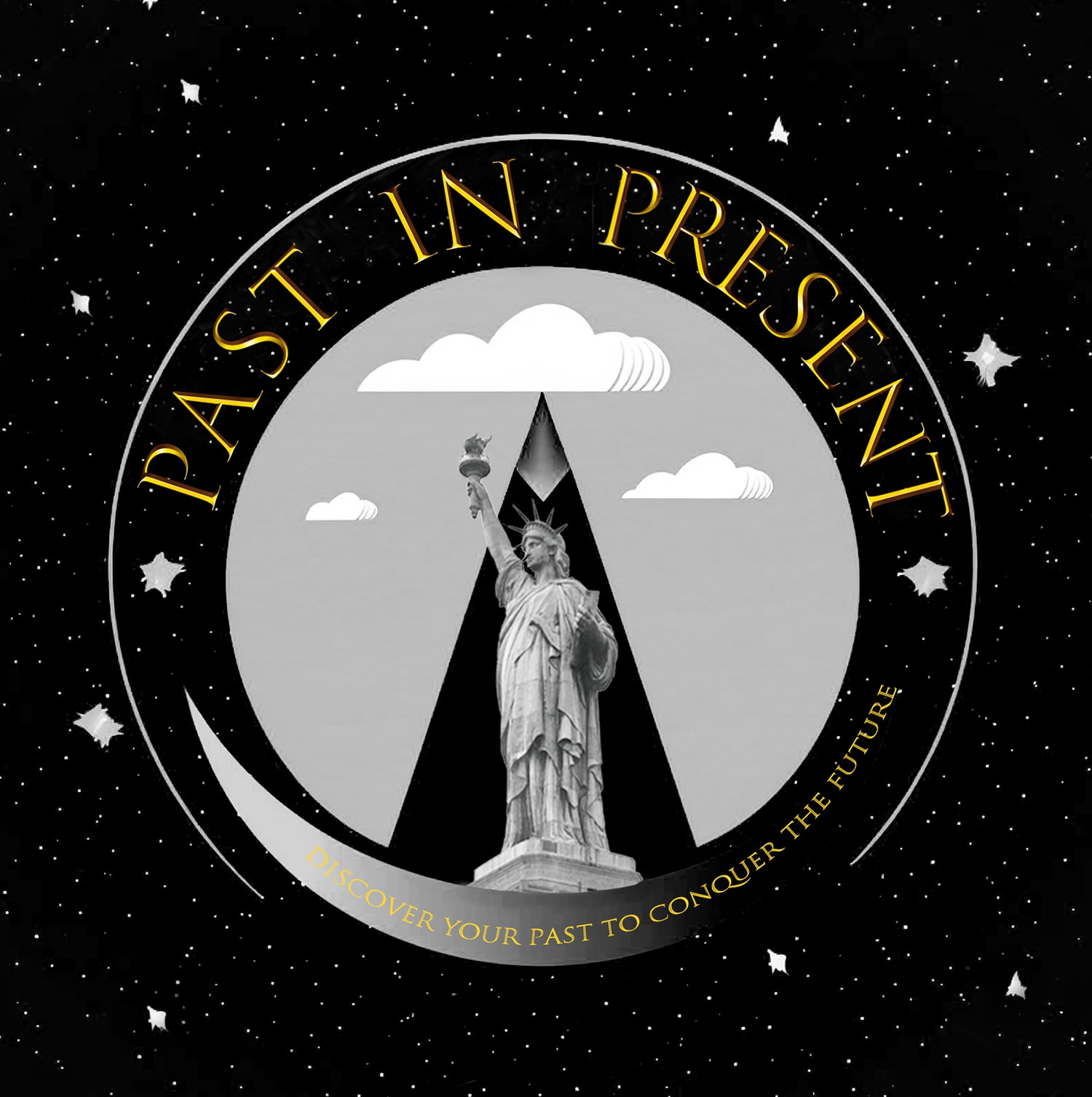 NYC Bustling Times Square, Wrigley’s Ziegfeld Follies Macy’s Criterion Loews New York Hotel Knickerbocker Rivoli Capitol Theatre, c.1920's Watermarks do not appear on the actual artwork.
NYC Bustling Times Square, Wrigley’s Ziegfeld Follies Macy’s Criterion Loews New York Hotel Knickerbocker Rivoli Capitol Theatre, c.1920's Watermarks do not appear on the actual artwork.
 NYC Bustling Times Square, Wrigley’s Ziegfeld Follies Macy’s Criterion Loews New York Hotel Knickerbocker Rivoli Capitol Theatre, c.1920's. Watermarks do not appear on the actual artwork.
NYC Bustling Times Square, Wrigley’s Ziegfeld Follies Macy’s Criterion Loews New York Hotel Knickerbocker Rivoli Capitol Theatre, c.1920's. Watermarks do not appear on the actual artwork.
 NYC Bustling Times Square, Wrigley’s Ziegfeld Follies Macy’s Criterion Loews New York Hotel Knickerbocker Rivoli Capitol Theatre, c.1920's Watermarks do not appear on the actual artwork.
NYC Bustling Times Square, Wrigley’s Ziegfeld Follies Macy’s Criterion Loews New York Hotel Knickerbocker Rivoli Capitol Theatre, c.1920's Watermarks do not appear on the actual artwork.
 NYC Bustling Times Square, Wrigley’s Ziegfeld Follies Macy’s Criterion Loews New York Hotel Knickerbocker Rivoli Capitol Theatre, c.1920's Watermarks do not appear on the actual artwork.
NYC Bustling Times Square, Wrigley’s Ziegfeld Follies Macy’s Criterion Loews New York Hotel Knickerbocker Rivoli Capitol Theatre, c.1920's Watermarks do not appear on the actual artwork.
 NYC Bustling Times Square, Wrigley’s Ziegfeld Follies Macy’s Criterion Loews New York Hotel Knickerbocker Rivoli Capitol Theatre, c.1920's. Watermarks do not appear on the actual artwork.
NYC Bustling Times Square, Wrigley’s Ziegfeld Follies Macy’s Criterion Loews New York Hotel Knickerbocker Rivoli Capitol Theatre, c.1920's. Watermarks do not appear on the actual artwork.
 NYC Bustling Times Square, Wrigley’s Ziegfeld Follies Macy’s Criterion Loews New York Hotel Knickerbocker Rivoli Capitol Theatre, c.1920's Watermarks do not appear on the actual artwork.
NYC Bustling Times Square, Wrigley’s Ziegfeld Follies Macy’s Criterion Loews New York Hotel Knickerbocker Rivoli Capitol Theatre, c.1920's Watermarks do not appear on the actual artwork.
 Original vintage glass camera negative (display only not for sale). Watermarks do not appear on the actual artwork.
Original vintage glass camera negative (display only not for sale). Watermarks do not appear on the actual artwork.
NYC Bustling Times Square, Wrigley’s Ziegfeld Follies Macy’s Criterion Loews New York Hotel Knickerbocker Rivoli Capitol Theatre, c.1920's
Further images
Wrigley’s Ziegfeld Follies Macy’s Criterion Loews New York Hotel Knickerbocker Rivoli Capitol Theatre
NYC Times Square Wrigley’s Ziegfeld Follies Macy’s Criterion Loews New York Hotel Knickerbocker Rivoli Capitol Theatre.
Originally known as Long Acre (also Longacre) Square after London’s carriage district, Times Square served as the early site for William H. Vanderbilt’s American Horse Exchange. In the late 1880s, Long Acre Square consisted of a large open space surrounded by drab apartments. Soon, however, the neighborhood began to change. Electricity, in the form of theater advertisements and street lights, transformed public space into a safer, more inviting environment. Likewise, the construction of New York’s first rapid transit system, the Inter Borough Rapid Transit Company (IRT), gave New Yorkers unprecedented mobility in the city. By World War I, most legitimate theaters had moved to Times Square from former entertainment districts further downtown. Respected restaurants and high-end hotels, like the Astor and the Knickerbocker, established themselves in the neighborhood, thus contributing to a thriving environment. While popular bars, restaurants, and theaters attracted people to the area, it was the development of public transportation that facilitated Times Square’s dramatic growth. Times Square was at the height of its cultural reputation during this time—a reputation that would start to take a turn for the worse at the start of The Great Depression, and not fully be restored until 70 years later.











